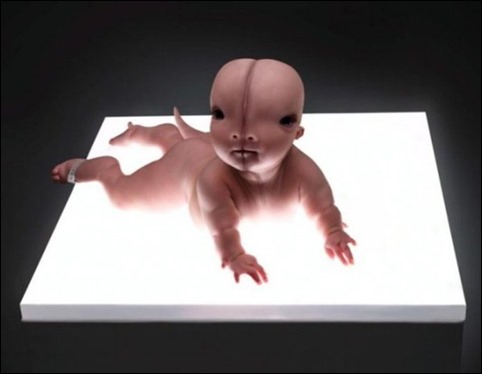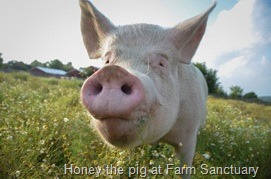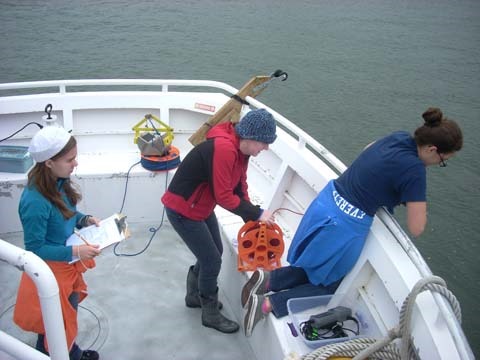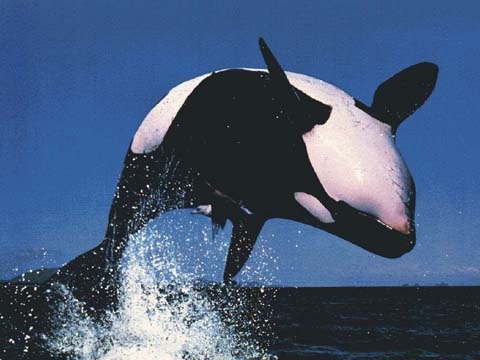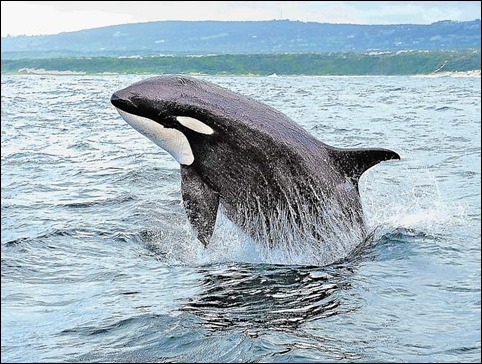Human-Nonhuman Chimeras: Do We Really Want to Go There?
On August 4, the National Institutes of Health (NIH) proposed changes to its guidelines governing the funding eligibility of research involving human-nonhuman chimeras. The term chimera, in this context, means nonhuman vertebrates into whom human stem cells or tissues have been introduced at an early stage of embryonic or fetal development. The policy change proposes to end a one-year moratorium on funding this kind of research.
The NIH argues that the changes to the guidelines will open up new research opportunities to address human disease and create a way to respond to the ongoing need for human organ transplants. For example, pigs would be implanted with human stem cells to create hearts, livers, pancreases and kidneys to then “harvest” and place in human beings. The pigs would become, essentially, living growth chambers for human organs. Moreover, human brain cells would be implanted in other animals, such as monkeys, pigs and sheep, in order to find ways to treat Parkinson’s and Huntington’s disease. As the research develops, the possibilities become endless – and so do the ethical problems. The pigs would become, essentially, living growth chambers for human organs.
This research is part of a larger trend of increasing invasiveness of other animals that started with the domestication of farmed animals thousands of years ago and now includes such creations as genetically modified monkeys who show symptoms of autism, transgenic mice who “stutter” (have altered vocalizations), herds of cows who produce “humanized” milk, and mice injected with human glial (brain) cells who, eerily, end up a bit smarter, i.e., learning faster than normal.
The fact that the NIH is particularly invested in encouraging research that impacts the brains of nonhuman animals is especially worrisome because it has the potential to alter the psychological makeup and experience of these animals. The NIH admits that they do not have a full understanding of how this would affect the phenomenology and wellbeing of these chimeric animals. If mice with human glial cells are any indication, there is every reason to be troubled.
The NIH proposal runs counter to the robust body of scientific literature showing that other animals are more self-aware, emotionally complex, and individual than we previously thought. It is difficult to square the present proposal with those findings in any comfortable way. Public consciousness about the experience and welfare of other animals is growing. As a result of this, we have seen the NIH bringing an end to biomedical research on chimpanzees, along with the work of the Nonhuman Rights Project to gain legal personhood status for chimpanzees and other great apes, the growing public opposition to using wild animals in entertainment, and a growing rejection of diets based on factory-farmed animals.
I understand the desire to end human suffering and disease. Like everyone else, I watch family members and friends deal with conditions that rob them of quality of life and, sometimes, life itself.
However, the need does not dictate the solution. If we continue down this invasive path, we run the risk of limiting serious funding for alternative solutions cialis 20mg to our health problems. These include prevention, consensual human trials, incentives for organ donation, microchip testing, and the many methods of in vitro research, all of which are highly impactful in many areas of biomedical research and disease management.
At some point we will need to confront the choices we are making and, as has been the case for other long-term incremental stochastic processes like climate change, there will come a point in the near future when we will ask: How did we get here?
If you wish to comment on the new NIH proposal, please do so here by Sept 6, 2016.

